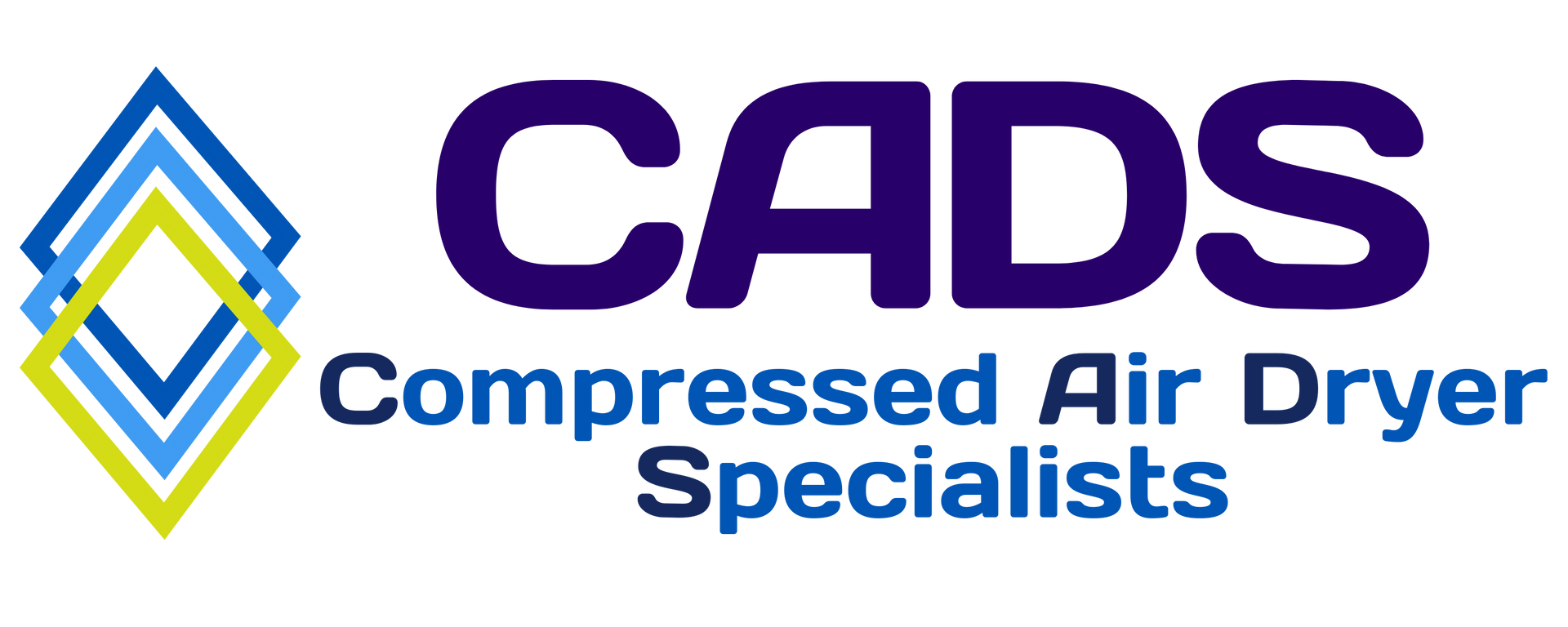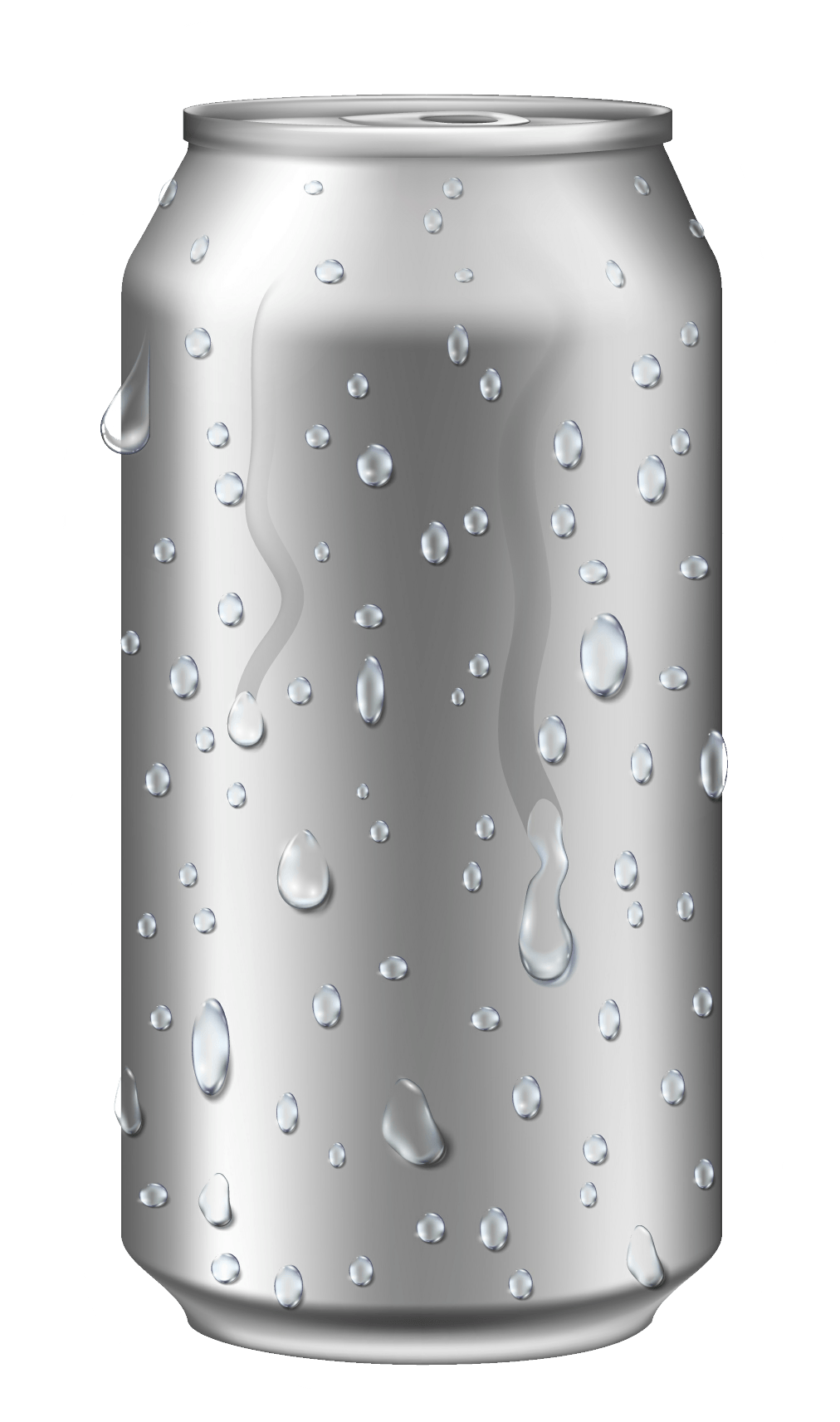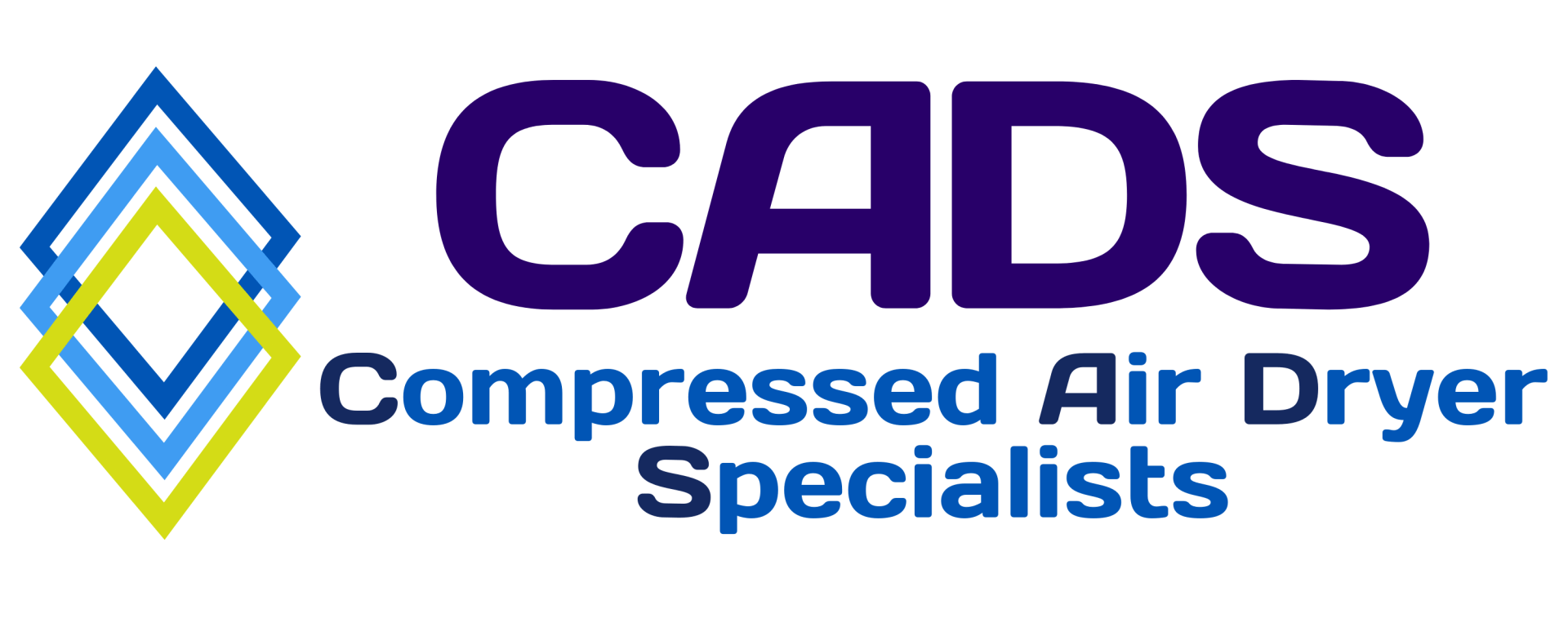Process/Operations Engineer
Hopefully the project engineer who specified the drying equipment for your system, specified the simplest, most reliable and efficient Heatless Desiccant Air dryer and you are receiving consistently dry instrument & process air, at least to a -40oC pressure dewpoint (pdp). Particularly if you are based within a hot climate.
If you answered that you are
then congratulations.
But how can you be sure?
- Are you consistently receiving "dry" air at -40oc pdp?
- Are you measuring the dewpoint at the point of use?
- Are all your processes, instrument valves, and downstream equipment operating reliably?
- Are you totally and consistently free from any signs of moisture?
No, then keep reading and scrolling down.
System Review
The single most important common element within your system is the process and instrument air network,
on which almost every process relies upon.
If you have stainless steel pipework throughout, then you have little reason to worry, unless you are in the food or pharmaceutical industries, which generally do have stainless steel pipework, but must be wary of bacteriological growth and contamination.
They generally have dryers producing a -70oC pressure dewpoint (pdp).
So what are we talking about?
Put simply - DEWPOINT
Almost everyone of us, will have at sometime, experienced the effects of dewpoint, be it sitting on the grass early in the morning or simply getting a drink can from a vending machine and placing it on our desk.
The greatest misconception, with regard to dewpoint, is that it is purely the temperature at which moisture begins to condense into a liquid.
It is also the measure of how
"dry"
the air is, how much moisture remains after being dried to a given dewpoint. As illustrated in the chart below.
| Dewpoint oC | Grams of water per m3 | Dewpoint oC | Grams of water per m3 |
|---|---|---|---|
| -70 | 0.0025 | 0 | 4.87 |
| -60 | 0.0119 | 5 | 6.8 |
| -50 | 0.039 | 10 | 9.4 |
| -40 | 0.12 | 15 | 12.9 |
| -30 | 0.33 | 20 | 17.4 |
| -20 | 0.89 | 25 | 23.2 |
| -10 | 2.16 | 30 | 30.5 |
There are three elements needed for corrosion to occur, a ferrous material, oxygen and moisture. At a -35oC pressure dewpoint, there is insufficient remaining moisture for corrosion or bacteriological growth to take place. A -40oC pdp instrument air specification allows for a 5oC safety buffer, preventing corrosion.
CORROSION
The single biggest hidden threat to your plant, costing the industry
over $2.5 trillion per year.
For "Blue Chip" industries this is a major issue - Why ?
List of Services
- SAFETY
List Item 1
Generally, the processes and substances used within these plants can have a catastrophic effect if a leak or major failure occurs. Resulting in the deaths of 100's if not 1,000's of people.
- PIPING
List Item 2
The piping within "Blue Chip" industries is generally larger and covers greater distances. So the use of non corrossive materials is either impracticle as it wont meet the code or pressure standards or in the case of stainless steel is cost prohibitive.
- CORROSION
List Item 3
As we cannot change the material of the piping and we cannot remove the oxygen, we have to reduce the moisture content. That requires a dewpoint of not less than -35oC. A -40oC pressure dewpoint (pdp) is the standard for these applications.
Remember, liquid water is NOT the most damaging of the contaminants within your compressed air system, particulates are.
Corrosion generates increasingly more and larger particulate contamination, causing more damage.
Want to learn more - CLICK HERE
Don't forget your plant is expected to operate for a minimum of 50-120 years. Plenty of time for corrosion to have a major impact. Maybe not an issue you will see in your lifetime, but certainly within the lifetime of your children and grandchildren.
PROTECTION - STANDARDS - CORRECT EQUIPMENT
Correct Equipment
- A Heatless desiccant air dryer. Especially for hotter climates.
- Producing a consistent -40oC pressure dewpoint (pdp) or better.
- In the field control and monitoring.
- Simplest control system.
- The best energy management system.
- Standby/Emergency equipment/capacity.
System
- Monitor the dewpoint at the point of use as well as each individual dryer outlet. A good portable dewpoint meter is essential.
- Check and repair any and all leaks, no matter how small. A system survey would be recommended.
- Ensure that the dryer is operated and maintained within design.
Maintenance
- Ensure that the dryer and associated components are maintained as per manufacturers recommendations.
- Use origional parts.
“The bitterness of poor quality remains long after the sweetness of a low price is forgotten.”
Ticked all the boxes?
If you have all the equipment to the specification above, and are following the recommended practices, then you should be in the most efficient, safe and reliable position possible.
If not, then all is not lost, you could still improve the situation.
List of Services
List of Services
-
WRONG DRYER TYPEList Item 1
So you don't have a Heatless downflow dryer. Send us the details of your current dryer and it may be possible to convert your dryer to a Heatless version. Be aware that some engineering may be involved, dryer capacity may be reduced and also allow for the additional 15% of "purge" air.
-
CONTROL SYSTEMList Item 2
Limited control or indications in the field? PLC or DCS controlled dryer?
Overcomplicated, unnecessary, and not giving you all the "tools" needed to operate, maintain and diagnose the dryer.
It should be possible to upgrade your dryer to a more reliable and efficient control system. Giving you all the information you need in the field, with DCS monitoring. It could also be possible to introduce an energy management system.
-
VALVESList Item 3
Is your current dryer fitted with ball or butterfly valves? They are not designed or recommended for use in the particulate rich, highly abrasive environments created by desiccant air dryers. It could be possible to install valves specifically designed and engineered for use in this environment. Some engineering work and pipework modification may be required.
LEAKS
The single biggest hidden threat to your plant, costing the industry
over $2.5 trillion per year.
It is generally accepted, that within most major plants, 25-30% of the compressed air produced is being lost to leaks. A percentage of this loss can also be attributed to bad system management or operating practices. Refer to anecdote No. 5.
There are many effects which can be attributed to this high leakage rate, aside from increased utility cost.
1. Increased loading on the compressor, if it unnecessarily works harder it runs hotter.
2. The servicing of compressors is usually based on hours run on load, service interval is shortened.
3. Dewpoint would be affected. Within 40ft of a 1/4" leak, 20°'s of dewpoint is lost.
So not only are you wasting energy and the associated expense, the quality of your system is compromised. If your dryers are only producing a -20°C pdp, one 1/4" leak and you could have a 0°C dewpoint. Further leaks and you would probably have a positive dewpoint and the associated "liquid" contamination. Either way corrosion and the speed of particulate generation exponetialy increases the wetter the air gets.
Click on the buttons for more information relating to equipment, systems and maintenance.
Revenue Streams: Consultancy Retainers, Advertising, Training Courses, Consultancy Fees, Subscriptions, Documentation/Data, Posters/Merchandise - we do not receive any revenue from parts or equipment sales associated with our interaction or recommendations.
The placement of advertisements for products or services within the C.A.D.S. website should not be seen or construed as an endorsement of said products or services.





